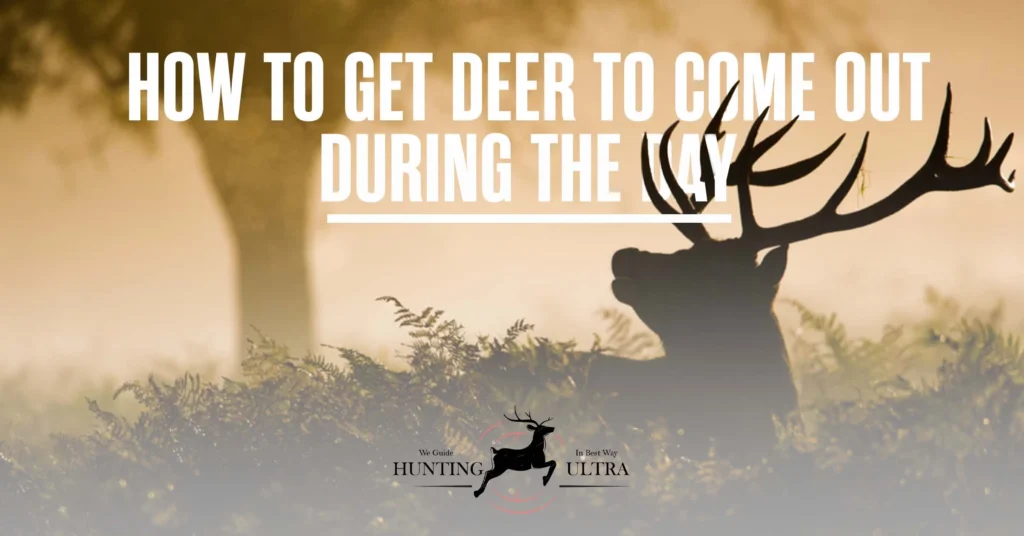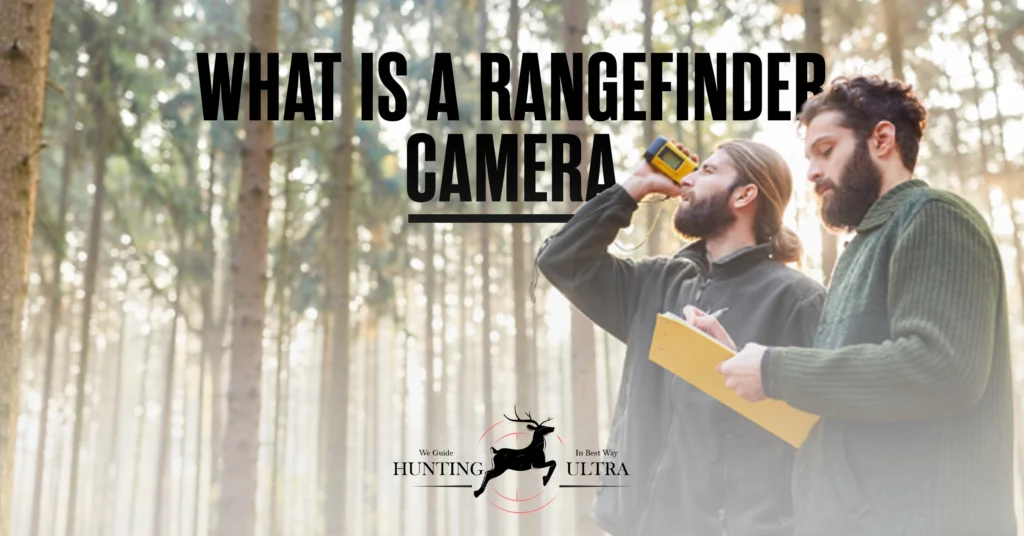Many hunters choose to only hunt during the day when deer are more likely to be active. However, sometimes deer can be difficult to find during daylight hours. If you’re having trouble finding deer during the day, there are a few things you can do to increase your chances of success.
In this blog post, we’ll share some tips on how to get deer to come out during the day. From using decoys to changing your hunting location, these tips will help you improve your chances of bagging that trophy buck.
How To Get Deer To Come Out During The Day
Deer are crepuscular animals, meaning they are most active at dawn and dusk. However, there are a few things you can do to get deer to come out during the day.
- Provide food and water. Deer are attracted to food and water sources, so providing these on your property will encourage them to come out during the day. You can plant a food plot, put out a deer feeder, or simply leave out some apples or corn. You can also put out a water trough or birdbath.
- Create cover. Deer need cover to feel safe, so creating some on your property will make them more likely to come out during the day. You can plant trees and shrubs, or build brush piles. You can also leave some standing corn or milo stalks.
- Reduce hunting pressure. If you are hunting deer on your property, make sure you are not putting too much pressure on them. This means only hunting during the legal season and not overhunting the population. If you give the deer a break, they will be more likely to come out during the day.
- Use scents and attractants. There are a variety of scents and attractants that can be used to attract deer. You can put out deer urine, doe urine, or even vanilla extract. You can also buy commercial deer attractants.
How to Grow Food Plot for Hunting
One of the best ways to attract wildlife while hunting is to create a food plot. A food plot is an area where you plant crops or other plants that animals will eat. Creating a food plot can help bring in deer, turkey, quail, and other games that you may be interested in hunting. Growing a food plot is not difficult, but there are a few things you need to do to make sure it is successful.
First, you need to choose a location for your food plot. It should be in an area that gets plenty of sunlight and has good drainage. Once you have found a suitable location, the next step is to clear the area of any debris or vegetation. You will then need to till the soil so that it is loose and easy to plant in.
After the soil is prepared, you can start planting your chosen crops or plants. Some good options for food plots include corn, soybeans, clover, and alfalfa. You will need to determine how much seed you need based on the size of your food plot. Once the seeds are planted, be sure to water them regularly so they have a chance to grow and thrive.
With some patience and effort, you can easily grow a bountiful food plot that will attract all sorts of wildlife for hunting season!
Where to find deer during the day
Deer are most active at dawn and dusk, but they can also be active during the day. Here are some tips for finding deer during the day:
1. Look for deer in areas with plenty of covers. Deer need places to hide from predators and escape the heat of the day, so they will often be found in thickets, tall grass, and other dense vegetation.
2. Pay attention to the wind direction. Deer have a keen sense of smell and will avoid areas where they might be detected by predators. If you’re downwind of a likely spot, you’re more likely to see deer.
3. Look for signs of deer activity. Tracks, droppings, and browsing trails can all give you clues as to where deer are spending their time.
4. Try early morning or late afternoon hours. Deer tend to be most active at these times, so you’re more likely to see them if you’re out searching during these periods.
Social Dynamics in Deer Bedding Groups
Deer also exhibit interesting social behaviors during their nighttime activities. These nocturnal gatherings, often referred to as “bedding groups,” involve several deer coming together to rest in close proximity. This communal approach serves multiple purposes, including increased vigilance against predators and the sharing of body warmth in colder seasons.
Within these bedding groups, a hierarchy may subtly emerge, with older and more dominant individuals securing central positions for added protection. Observing these social dynamics sheds light on the complexity of deer interactions, emphasizing the importance of considering not only their physical habitat but also their social environment in wildlife conservation efforts.
The Impact of Sleeping Spots on Deer Well-being
The location of a deer’s sleeping spot can influence its overall well-being. Research suggests that the quality of rest impacts factors such as antler growth, reproduction, and overall health. Thus, ensuring the preservation of diverse and suitable bedding grounds is crucial for the sustained health and vitality of deer populations. As we strive to protect these magnificent creatures and their habitats, a holistic understanding of their behavior, encompassing both individual choices and communal interactions, becomes paramount in the broader context of wildlife conservation.
How to avoid scaring deer away
You should read first “Does Human Pee Scare Deer“. As the sun begins to set, you grab your rifle and head out into the woods. You’ve been tracking this deer for weeks and finally, have a chance to take it down. You creep through the underbrush, getting closer and closer to your prey. Suddenly, the deer springs up and bounds away before you even have a chance to take a shot.
What went wrong? You may have scared the deer away without realizing it. Here are some tips on how to avoid scaring deer away so you can get a successful shot:
Be silent: Deers have excellent hearing, so any noise you make will likely spook them. Move slowly and carefully so you don’t snap twigs or rustle leaves.
Wear camouflage: If deer see you, they’ll likely run away. Wearing camouflage clothing can help you blend in with your surroundings and avoid being spotted by deer.
Use scent-eliminating products: Deers have a keen sense of smell, so it’s important to use scent-eliminating products when hunting. These products help mask your human scent so deer won’t be able to smell you coming from a mile away.
Conclusion
There you have it! These are just a few of the many ways that you can attract deer to your property during the day. By providing them with food, water, and shelter, you’ll be sure to see more deer out and about. So get out there and start making your property more deer-friendly today!
FAQs
- How do you get a buck out during the day?
There are a few things that you can do in order to get a buck out during the day. For starters, try to find areas where there is a lot of brush and thick vegetation. Bucks tend to feel safer when they are hidden away in these types of spots, so they will be more likely to come out during the daytime hours.
Additionally, look for food sources that bucks may be interested in. If you can find an area where there is a lot of fresh foliage, it’s likely that a buck will be nearby. Finally, make sure to stay downwind of any potential hiding spots. If a buck catches your scent, it is unlikely that he will come out into the open. By following these tips, you should have no trouble getting a glimpse of a buck during the daytime hours!
- What attracts deer the fastest?
There are many things that can attract deer, but the thing that seems to work the fastest is a bright light. Deer are attracted to bright light because it means there is food nearby. If you’re trying to attract deer, your best bet is to use a spotlight or other bright light source.
- What is the best time of day to see deer?
The best time of day to see deer is early in the morning before the sun has risen too high in the sky. At this time, the deer are still bedded down in their nighttime resting spots and have not yet begun to move about for the day. If you can catch them while they are still sleepy and inactive, you’re more likely to get a good look at them.
You may find this article helpful: How to Hunt Elk 2023 – Complete Guide



